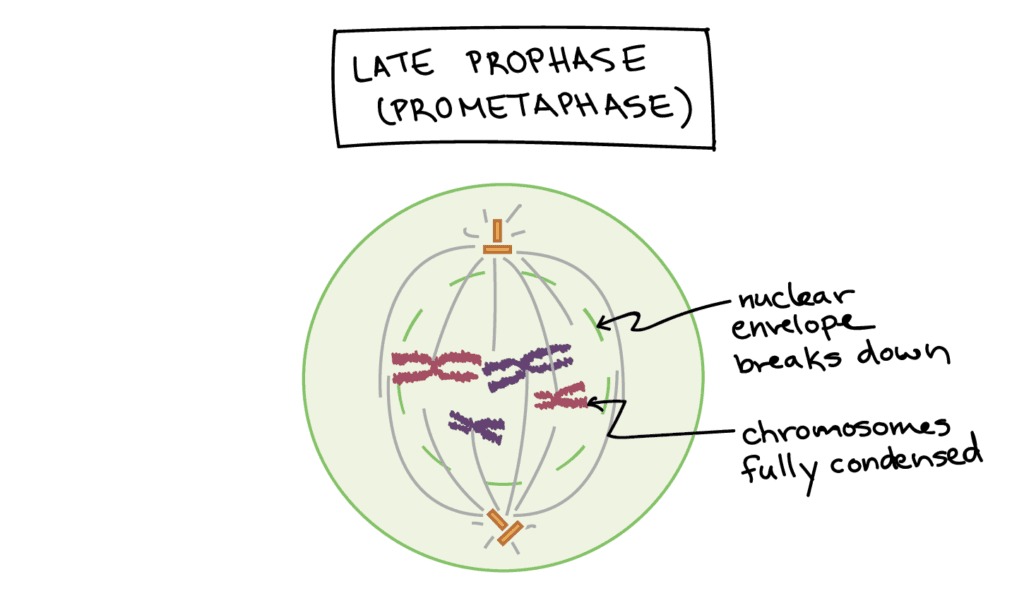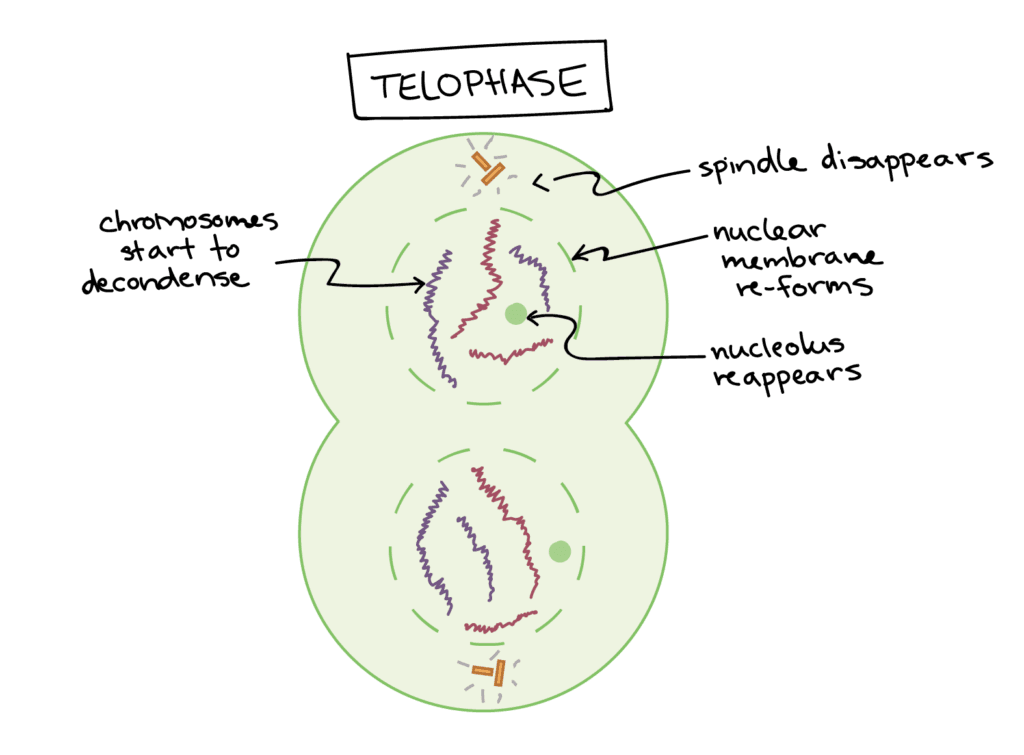Nursing Assignment Help: Lung Cancer Diagnosis and Patient Case Study
- 21 November 2024
- Posted by: OAH
- Category: Nursing & Healthcare

This is a sample nursing assignment on lung cancer diagnosis, treatment, and prognosis. The medical assignment explains a detailed patient case study, diagnostic imaging, and a detailed analysis of various treatment options available. This example will help nursing and healthcare students understand the structure and the correct pattern required to solve medical assignments. It also showcases the high-quality nursing and healthcare assignment help we provide students.
Do you also need Medical Assignment Help? Contact us.
Case Study: A Comprehensive Analysis of a Lung Cancer Patient
Assignment Task:
Analyze the case study of a 62-year-old lung cancer patient, focusing on diagnostic imaging and contributing risk factors. Propose a detailed treatment and care plan based on nursing principles and patient needs.
Solution: Is it Cancer?
Table of Contents
1. Cancer Selection
I have decided to concentrate on lung cancer for this assignment. Lung Cancer is a major Global Health concern, which is frequently linked to smoking and strikes because of radon, second-hand smoke, and air pollution (Gristina et al. 2023). It starts in the lungs because of aberrant cell proliferation and can extend to various body areas. Dyspnea, chronic cough, chest pain, and blood in the cough are possible symptoms. Enhancing patient outcomes depends on early identification using imaging testing such as X-rays and CT scans as well as advances in the treatment including chemotherapy, targeted therapy, radiation therapy, surgery, and immunotherapy (Casagrande et al. 2023).
2. Fictitious Patient Demographics
| Name: Emily Johnson |
| Age: 62 |
| Occupation: Retired factory worker who has previously worked in a production facility where asbestos and other hazardous substances were present. |
| Gender : Female |
| Family history: Smokers for a long time, both parents died of lung cancer. Emily also has two elder siblings who were also given the diagnosis of lung cancer. |
| General Lifestyle: Ten years ago, Emily gave up smoking, having smoked for forty years. She moved away from smoking, but she still lives in a town where smoking is common, so she occasionally meets second-hand smoke. Emily also spent more than 30 years working in a poorly ventilated factor, which raised the risk of lung cancer from repeated exposure to asbestos and other toxins. Her diet is deficient in fruit and vegetables and heavy in processed foods, which may be impairing the immune system’s capacity to fight off the cancer cells and causing general health problems. Emily also has a sedentary lifestyle and gets little exercise, which makes her more vulnerable to lung cancer. |
3. Health record Portfolio
a) Biological Diagram of the Biopsy Tumour Cell
The diagram has provided for highlighting the cellular anomalies typical of lung cancer using lung tumor cells taken from the biopsy. Each cell should have features that indicate malignant growth including enlarged size, aberrant nuclei, and crowded appearance (Yang et al. 2023). The illustration should how the cancer cells attack surrounding healthy tissues:

Figure 1: Diagram for Lung cancer
(Source: Raez et al. 2023)
The biopsy method has allowed for monitoring of the tumor, which has made Tumour tissue specimens through the clinic (Raez et al. 2023). The potential technique for identifying individuals who have a high chance of the disease progressing after the curative surgery is defined as liquid biopsy.

Figure 2: Showing Stage of Lung over
(Source: Created by author)
An intricate perspective of lung cancer cells going through mitosis is shown in the diagram. The diagram takes up most of the page. For accuracy, computer design software is used to construct the diagram. Instead of using shade to convey contrast between various cell sections, stippling is used. It can also be used for the long-term monitoring of the course of the disease and effectiveness of the therapy. In addition, such a biopsy technique is the prospective replacement for tumor specimens of tissues in clinical settings because it enables real-time tumor monitoring. The figure should faithfully depict the phases of division in cancerous pulmonary cells, highlighting characteristics such as centrioles as spinner fibers, packed genomes, and cellular membrane components. Ten cells are discussed as follows:
- Prophase

- Prometaphase

- Metaphase

- Anaphase

- Telophase

- Cytokinesis

- Prophase

- Metaphase

- Anaphase

- Telophase

b) Side-by-side imaging Comparison
MRI (Magnetic Resonance Imaging)
Magnetic resonance imaging or MRI creates a finely detailed image of the internal body structure by using the radio waves and strong magnets. The MRI can produce the high-resolution images of such a chest, which can be used to diagnose lung cancer by identifying the tumours and abnormal growth. MRI may reveal a small, localised lump within its lung tissue at the early stage of lung cancer (Kemper et al. 2023).

Axial CT scan demonstrates lymph node in right hilus and Axial T2 has shown hypersignal which has suggested metastatistic disease.
X-ray
Electromagnetic radiation is used in X-ray imaging to create images of the interior structures (Visser et al. 2023). An x-ray is frequently performed early in the process of detecting lung cancer and may lead to additional testing if needed.

The radiographer may ask you to change into a hospital gown when you get your x-ray, and she may ask women to take off their bras because underwire and metal clips can appear on the image. Every X-ray takes a very short while and causes no pain. Typically, multiple x-rays obtained from various angles are required. Every x-ray must be taken while you remain motionless and may be requested to hold your breath for a short period.
C) Report to Physician on Possible Cause of the Lung Cancer
Lung cancer may arise due to a variety of factors, including genetics, lifestyle, and environmental factors (Maansson et al. 2023). Environmental factors such as smoke exposure, air pollution, and radon significantly raise the risk of the lung cancer. Patients need to be conscious of these possible risks in order to reduce the risk of developing the lung cancer. They should also adopt the preventive measurements such as giving up smoking and minimising their exposures to the environmental toxins.
Genetics Factors:
- Certain genetic mutations make people more likely to develop lung cancer.
- A family connection to lung cancer might increase risk.
- Predisposition to diseases interacts with external factors.
Lifestyle Factors:
- Tobacco usage, including tobacco products such as cigarettes, cigars, or pipes, is the primary cause.
- Secondhand smoking also considerably increases the danger.
- A poor diet low in vegetable and fruit consumption may contribute to the development of lung cancer.
Environmental Factors:
- Air pollution, which includes pollutants from automobiles and industrial operations, heightens risk.
- Absorption to chemical products including asbestos and uranium has been linked to an increased incidence.
- Radon gas, an unstable substance present in buildings, dwellings, and soil, poses a substantial concern.
d) The prognosis
Dear Emily Johnson,
A complete therapy regimen has been devised as a reaction to the scenario that has arisen as a result of a finding of lung cancer. This process incorporates several different cancer treatments as components. These treatments are incorporated into the procedure. Among these therapies are chemotherapy, radiation, surgery, and specialized treatment. Further therapies include focused therapy. The aspects that have been produced represent the parts that were constructed as part of the therapy strategy that has been developed. These constituents, when combined, constitute the different parts of the process. Your reaction to the therapy, as well as how they are successful in completing the task of building the plan, are all going to be taken into consideration before arriving at an assessment of the forecast. This will be done to conclude. As a component of the procedure, this will be carried out. In the unlikely scenario that you are enabled to have complete faith that our team is committed to assisting you during every stage of this journey, then you will be able to possess comprehensive assurance regarding our team. You can perform that particular activity to the utmost of your ability according to your capabilities.
Best regards,
Physician Name
Physician title
Clinic Name
Reference list
Casagrande, G. M. S., Silva, M. D. O., Reis, R. M., & Leal, L. F. (2023). Liquid biopsy for lung cancer: up-to-date and perspectives for screening programs. International Journal of Molecular Sciences, 24(3), 2505. https://www.mdpi.com/1422-0067/24/3/2505
Englmeier, F., Bleckmann, A., Brückl, W., Griesinger, F., Fleitz, A., & Nagels, K. (2023). Clinical benefit and cost-effectiveness analysis of liquid biopsy application in patients with advanced non-small cell lung cancer (NSCLC): a modeling approach. Journal of Cancer Research and Clinical Oncology, 149(4), 1495-1511.https://link.springer.com/article/10.1007/s00432-022-04034-w
Gristina, V., La Mantia, M., Peri, M., Iacono, F., Barraco, N., Perez, A., … & Bazan, V. (2023). Navigating the liquid biopsy Minimal Residual Disease (MRD) in non-small cell lung cancer: Making the invisible visible. Critical Reviews in Oncology/Hematology, 182, 103899. https://www.sciencedirect.com/science/article/pii/S1040842822003237
Kemper, M., Krekeler, C., Menck, K., Lenz, G., Evers, G., Schulze, A.B. and Bleckmann, A., 2023. Liquid Biopsies in Lung Cancer. Cancers, 15(5), p.1430. https://www.mdpi.com/2072-6694/15/5/1430
Maansson, C. T., Meldgaard, P., & Sorensen, B. S. (2023). Can liquid biopsy dynamics stratify patients with small-cell lung cancer? Translational Lung Cancer Research, 12(12), 2565. https://www.nature.com/articles/s41416-023-02491-9
Raez, L. E., Brice, K., Dumais, K., Lopez-Cohen, A., Wietecha, D., Izquierdo, P. A., … & Powery, H. W. (2023). Liquid Biopsy Versus Tissue Biopsy to Determine Front Line Therapy in Metastatic Non-Small Cell Lung Cancer (NSCLC). Clinical Lung Cancer, 24(2), 120-129. https://www.sciencedirect.com/science/article/pii/S1525730422002650
Visser, E., Genet, S. A., de Kock, R. P., van den Borne, B. E., Youssef-El Soud, M., Belderbos, H. N., … & Scharnhorst, V. (2023). Liquid biopsy-based decision support algorithms for diagnosis and subtyping of lung cancer. Lung Cancer, 178, 28-36.https://www.sciencedirect.com/science/article/pii/S0169500223000442
Yang, Y., Liu, H., Chen, Y., Xiao, N., Zheng, Z., Liu, H. and Wan, J., 2023. Liquid biopsy on the horizon in immunotherapy of non-small cell lung cancer: current status, challenges, and perspectives. Cell Death & Disease, 14(3), p.230. https://www.nature.com/articles/s41419-023-05757-5










